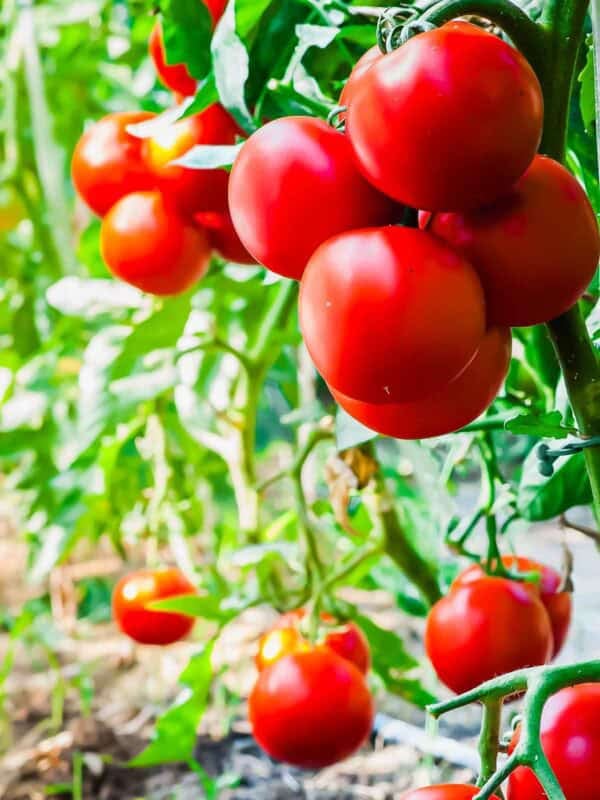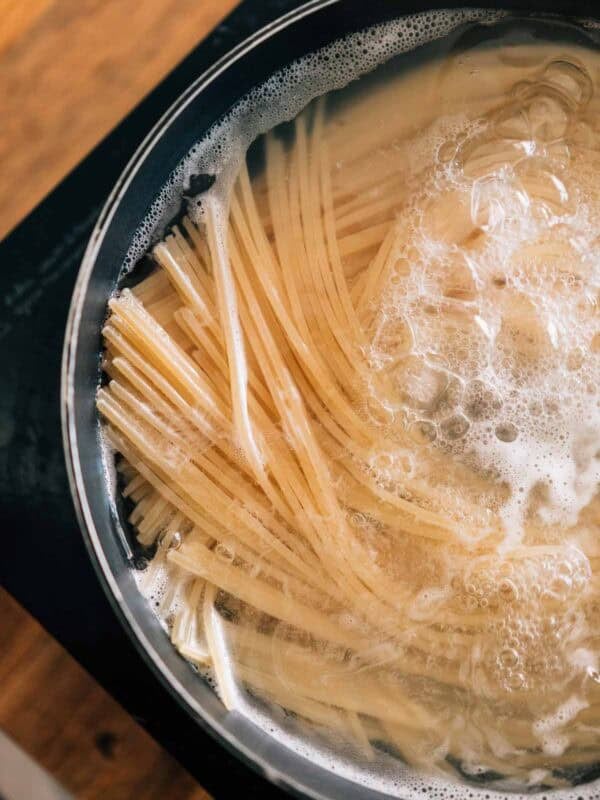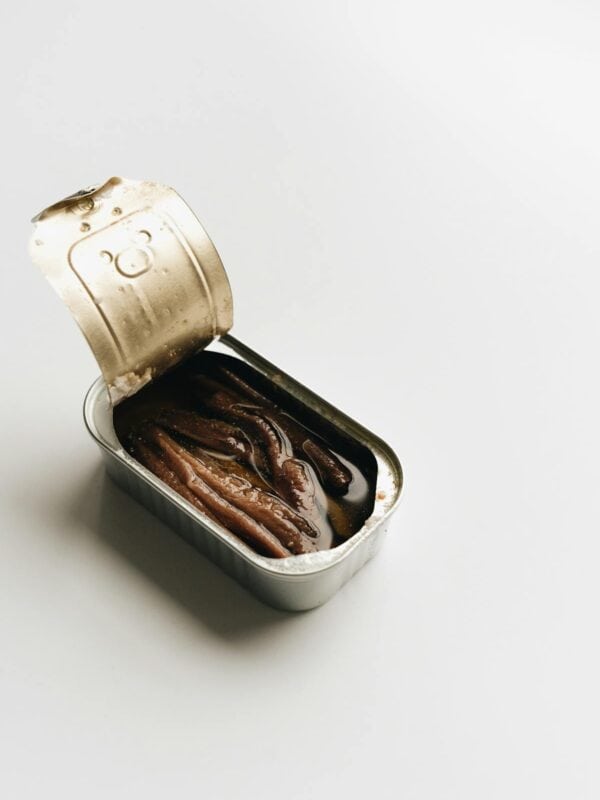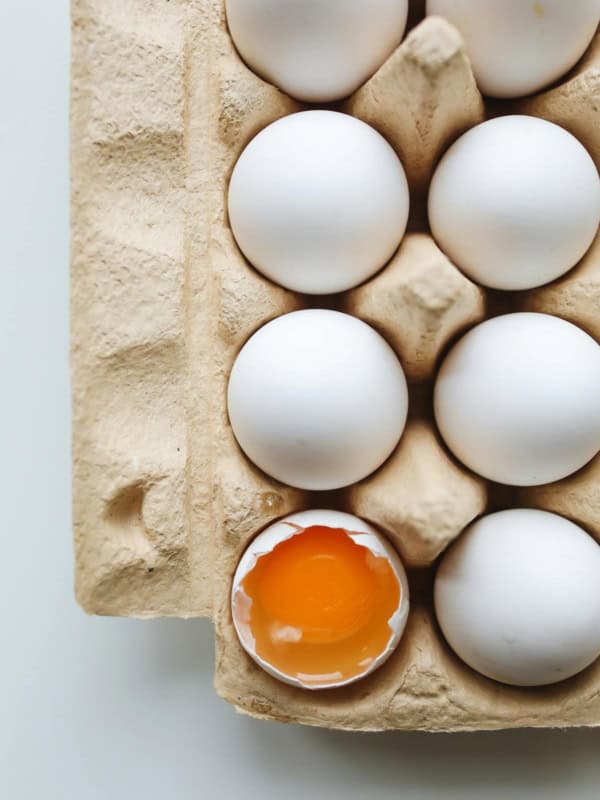There’s something incredibly satisfying about making your own salad dressing. It’s easy, quick and way tastier than anything you can buy at the store. Plus, you know exactly what’s going into it — no weird preservatives or mystery ingredients.

Homemade salad dressing basics
At its most basic, salad dressing comes down to two things: oil and acid. Of course, you can add many other ingredients like herbs and homemade seasonings, but in a pinch, the right combination of oil and vinegar — or another acid — is all that you need.
The most important thing to remember when making homemade salad dressing is not to skimp on the oil. The proper amount of oil is needed for the emulsion to take shape. An emulsified dressing is one in which the oil and vinegar have combined to create a creamy consistency where the vinegar is suspended in the oil. It’s one of the basic food science principles that takes a dressing from good to great.
The proper ratio of oil to acid is 3-to-1. This holds true for any acid, whether it’s a variety of vinegar or citrus juice.
“The flavors in homemade salad dressing have a vibrancy and freshness that store-bought just cannot match. Since I prefer a bold, tangy dressing, I don’t follow the standard oil-to-vinegar ratio when making a vinaigrette; I use equal parts. One of my favorite summer dressings to make is a balsamic tomato vinaigrette. Throw cherry tomatoes in the blender with balsamic vinegar and a pinch of salt, puree, then thin with olive oil until it’s just right. It tastes heavenly on fresh greens and makes a great marinade for chicken, too.”
— Renee N Gardner, Renee Nicole’s Kitchen
Homemade salad dressing ingredients
Salad dressing can be made at any time if you keep some of these ingredients on hand. Luckily, most of these are pantry staples, so that a healthy, homemade salad dressing is never more than mere minutes away.
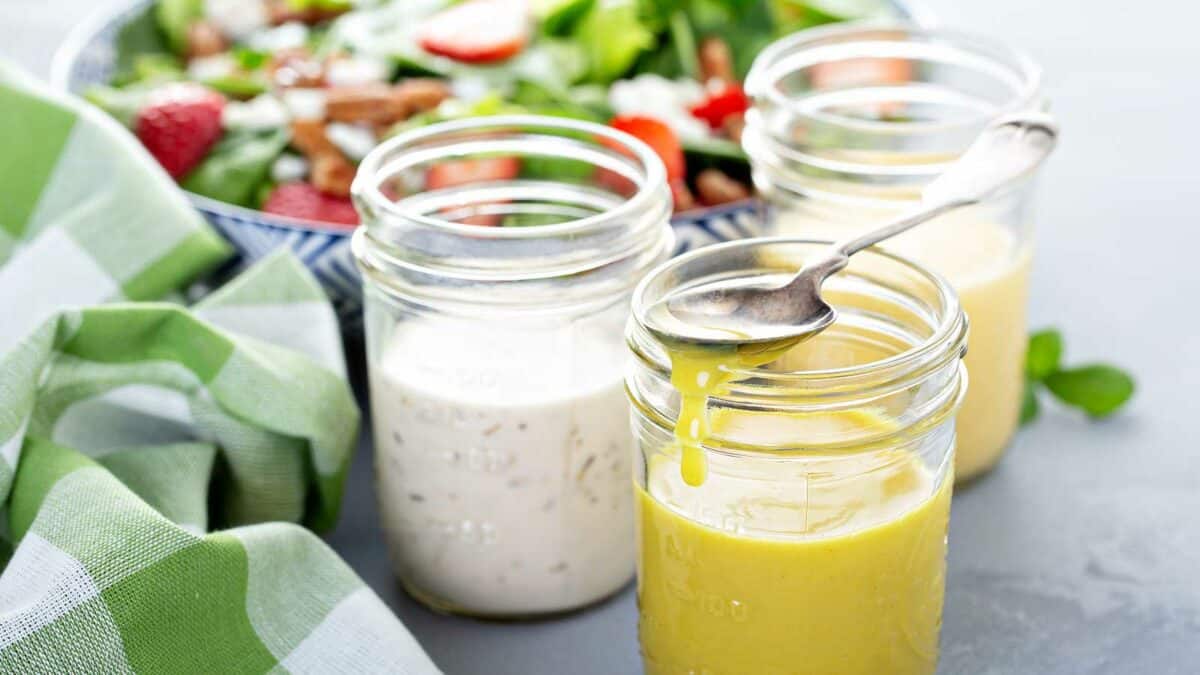
Oils and emulsions
As the base of any dressing, the oil or emulsifier is an important starting point. You can use any of the following to create a great salad dressing, whether you’re shooting for a tangy vinaigrette or a creamy concoction to drizzle on top of a shrimp Caesar salad.
- Olive oil
- Sesame oil
- Avocado oil or ripe avocado
- Other neutral oil
- Tahini
- Coconut milk
- Mayonnaise
- Peanut butter — or other nut butter (great for this Asian turkey burger salad)
The oils or fats bring the majority of the flavor to vinaigrettes so it’s important to choose a quality product with good flavor. A single-source, cold-pressed extra virgin olive oil is a good choice for a simple dressing such as a vinaigrette. Creamy dressings usually add flavor with other ingredients allowing for a more neutral flavored oil choice.
Vinegars and juices
Acid is just as important an ingredient to a homemade salad dressing as oil, even though it’s used in lesser quantities. Popular choices of acids include the following:
- Red wine vinegar
- Balsamic vinegar
- Apple cider vinegar
- Rice vinegar
- Lemon juice
- Lime juice
- Orange juice
Herbs and seasonings

Once the basics of oil and acid have been decided on, you can add flavor to your dressing by including optional herbs and seasonings. Any of the following can be used in either their dry or fresh form.
- Salt — a coarse, flaky sea salt is preferable for salad dressing
- Black pepper
- Garlic
- Chives
- Oregano
- Basil
- Dill
- Parsley
- Ranch seasoning
- Rosemary
- Thyme
- Mint
Other flavorings
Beyond herbs and seasonings that you might find in your spice cabinet are other options for customizing a homemade salad dressing. These include ingredients like the following:
- Dijon mustard
- Honey
- Maple syrup
- Fresh ginger
- Poppy seeds
- Soy sauce or tamari
- Miso paste
- Hot sauce

How to make homemade salad dressing
Once you’ve decided on your ingredients and chosen a flavor profile for your dressing, making it is simple. The process involves any method in which you can blend the ingredients together into a smooth and emulsified final product.
There are a few methods to accomplish this:
- A bowl and whisk: This option is the simplest but will require the most elbow grease. Make sure you whisk hard and long enough to suspend the acid in the oil.
- A mason jar with a lid: Small mason jars with lids are perfect for shaking together salad dressings. The shaking motion helps to emulsify the ingredients with less effort than a whisk.
- Blender: Small blenders or handheld frothers make quick work of the emulsification process but add to the clean-up.
Basic salad dressing recipes
So you never have to write salad dressing on your grocery shopping list again, we’re including three basic recipes to keep in your back pocket, depending on your meal. These offer a great base and starting point to experiment from.
Basic vinaigrette
A basic vinaigrette can go with any meal. It’s great for simple salads like this mizuna lettuce salad or roasted sunchoke salad where the lettuce is the main feature.
- ⅓ cup extra virgin olive oil
- 2 tablespoons red wine vinegar
- 1 to 2 teaspoons Dijon mustard
- Salt and pepper to taste
Asian inspired dressing
This recipe features Asian-inspired ingredients in a light vinaigrette-type dressing. It would pair well with something like a bok choy salad or this tatsoi salad recipe. For a creamier option, use peanut butter or another nut butter as the fat.
- ⅓ cup of neutral oil
- 1 to 2 tablespoons sesame oil
- 2 tablespoons rice vinegar
- 1 tablespoon soy sauce or tamari
- 1 tablespoons minced fresh ginger
- 1 teaspoon minced garlic
- Salt and pepper to taste
Classic creamy dressing
If you grew up in the US, having a creamy classic dressing you can default to is non-negotiable. This recipe takes an Italian-inspired route, but you can easily adjust to make it ranch, blue cheese or whatever your favorite flavor is. This combination works well for bulkier recipes like this broccoli raisin salad or a carrot salad.
- ¼ cup mayonnaise
- 2 tablespoons red wine vinegar
- 2 tablespoons sour cream or yogurt
- 2 tablespoons extra virgin olive oil
- 1 teaspoon Italian seasoning or a mix of freshly minced herbs such as oregano, basil, thyme and parsley
- 1 clove garlic, minced
- Salt to taste

Never buy store-bought dressing again
As Kristin King from Dizzy Busy and Hungry says, “I love knowing exactly what is in my salad dressing — no artificial flavors, colors or ingredients I can’t pronounce.” When you make your own salad dressing, it not only affords you a chance to get creative in the kitchen, but also an opportunity to make one more healthy choice in your day by using real whole food ingredients.
This article originally appeared on Food Drink Life.
Gina Matsoukas is an AP syndicated writer. She is the founder, photographer and recipe developer of Running to the Kitchen — a food website focused on providing healthy, wholesome recipes using fresh and seasonal ingredients. Her work has been featured in numerous media outlets both digital and print, including MSN, Huffington post, Buzzfeed, Women’s Health and Food Network.


